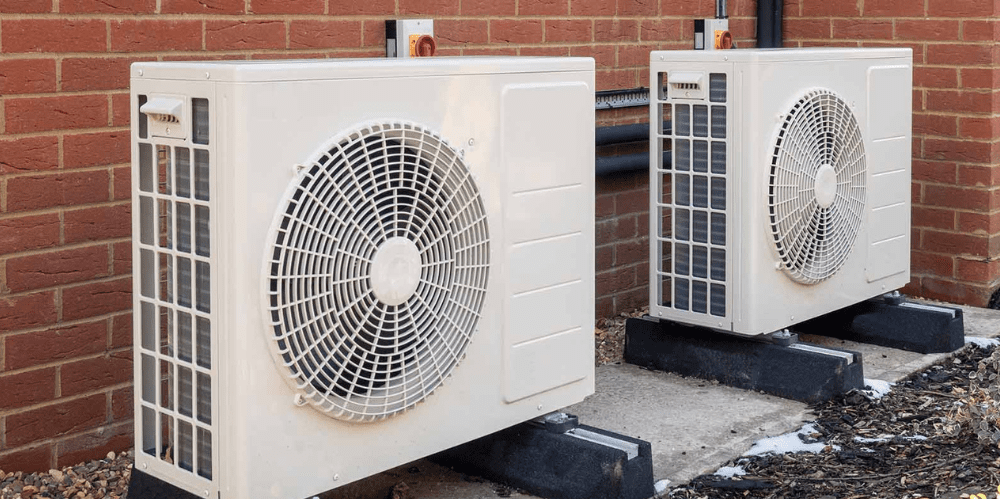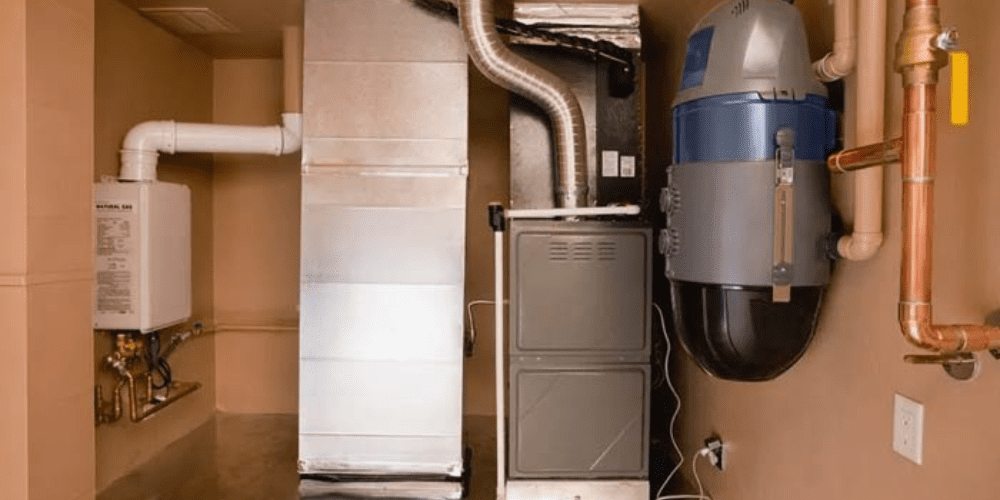Homeowners are becoming increasingly aware of the effects of Volatile Organic Compounds (VOCs) on their indoor air quality. VOCs can cause a range of health problems, from minor irritation to serious illnesses, so it is important to take steps to reduce their levels in your home. In this blog post, we will look at ways to reduce VOC levels in your Fitchburg, WI, home.
Definition of Volatile Organic Compounds (VOCs)
Volatile organic compounds are carbon-based gases that come from a variety of sources, including paints and lacquers, cleaning products, furniture finishes, and even scented candles or sprays. These gases can build up indoors when they don’t have enough ventilation to escape outside.
Some common examples include
- Benzene which is found in fuel emissions; formaldehyde which is used for insulation
- Trichloroethylene which is found in dry cleaning products
- Tetrachloroethylene which is present in paint strippers
- Xylene, which comes from printing processes
- Ethylbenzene, which comes from adhesives used for carpeting and upholstery manufacturing Styrene also used for making plastics like polystyrene foam insulation materials such as Styrofoam cups or packing peanuts
All these chemicals may be released into the air inside homes over time if not properly vented out through an effective HVAC system design.
Health Effects of VOCs
The most common health effects associated with exposure to high concentrations of VOCs include eye irritation and respiratory problems such as asthma attacks or difficulty breathing.
Ways to Reduce VOC Levels
Reducing the levels of volatile organic compounds in your home can be achieved by using ventilation systems and air filters, as well as ensuring that your HVAC system is properly maintained and installed.
Ventilation
Adequate ventilation is key to reducing VOCs. By opening windows often, fresh air can come into the house. This makes the air inside the house less polluted by volatile organic compounds. Additionally, you can use exhaust fans or range hoods when cooking or cleaning to help move polluted air out of the house quickly.
Air Filters
You should change your filter every three months or as directed by the manufacturer so that it can catch more pollutants before they can get into your home. It might also help to add an extra high-efficiency particulate arrestance (HEPA) filter, which has been shown to catch even smaller particles than the standard-grade filters that are used today. This allows for cleaner and fresher spaces. When you have a healthier, more breathable atmosphere, you reduce the risk of contracting various airborne viruses.
HVAC System Additionally, they can assess whether the design of your system is appropriate for reducing VOC levels in your home.
Your HVAC system should be checked and maintained regularly to ensure that it is running properly and efficiently, which can help reduce the number of VOCs in your home. A professional technician should be hired to inspect your system annually or according to the manufacturer’s instructions. They will be able to check for any leaks or cracks that may have developed, as well as make sure the filter is clean and functioning correctly.
If you’re looking for ways to reduce VOC levels in your Fitchburg, WI, home, the air conditioning contractors at Shackelford Heating & Air Conditioning can help. We offer a variety of services that can help improve the air quality in your home, including ventilation system installation and repair, residential heating services, and HVAC maintenance and repairs. Contact us at (608) 530-0667 to learn more about how we can help you create a healthier home environment.





